What is the Siberian Tiger?
The Siberian tiger is an iconic and endangered species in Russia’s far eastern region. Siberian tigers, also known as Amur tigers, are named after the Amur River that runs along their range. The Siberian Tiger also has many unique characteristics that distinguish it from other tigers.
A glimpse of the majestic Siberian tiger is a captivating sight, as it stands out from other tigers with its striking orange-brown stripes and larger size.
Appearance
What does The Siberian Tiger look like?
The Siberian Tiger is an impressive sight with its large size and magnificent striped fur. Its coat is yellow-orange, with black stripes of various widths and lengths encircling the body.
The base of the tail has a dark grayish-brown colour, gradually turning to a white tip. The tiger’s body is quite stocky and muscular, with strong limbs to help it move through the snow and forests of its habitat.
It’s face is rounded with large eyes, a pointed muzzle and long whiskers. The Siberian Tiger also has longer fur around its neck and chest, helping it stay warm in the cold weather. It has small ears compared to other tigers, which helps to minimize heat loss in the cold. Their long whiskers detect prey, and their powerful jaws and sharp claws help them catch it.
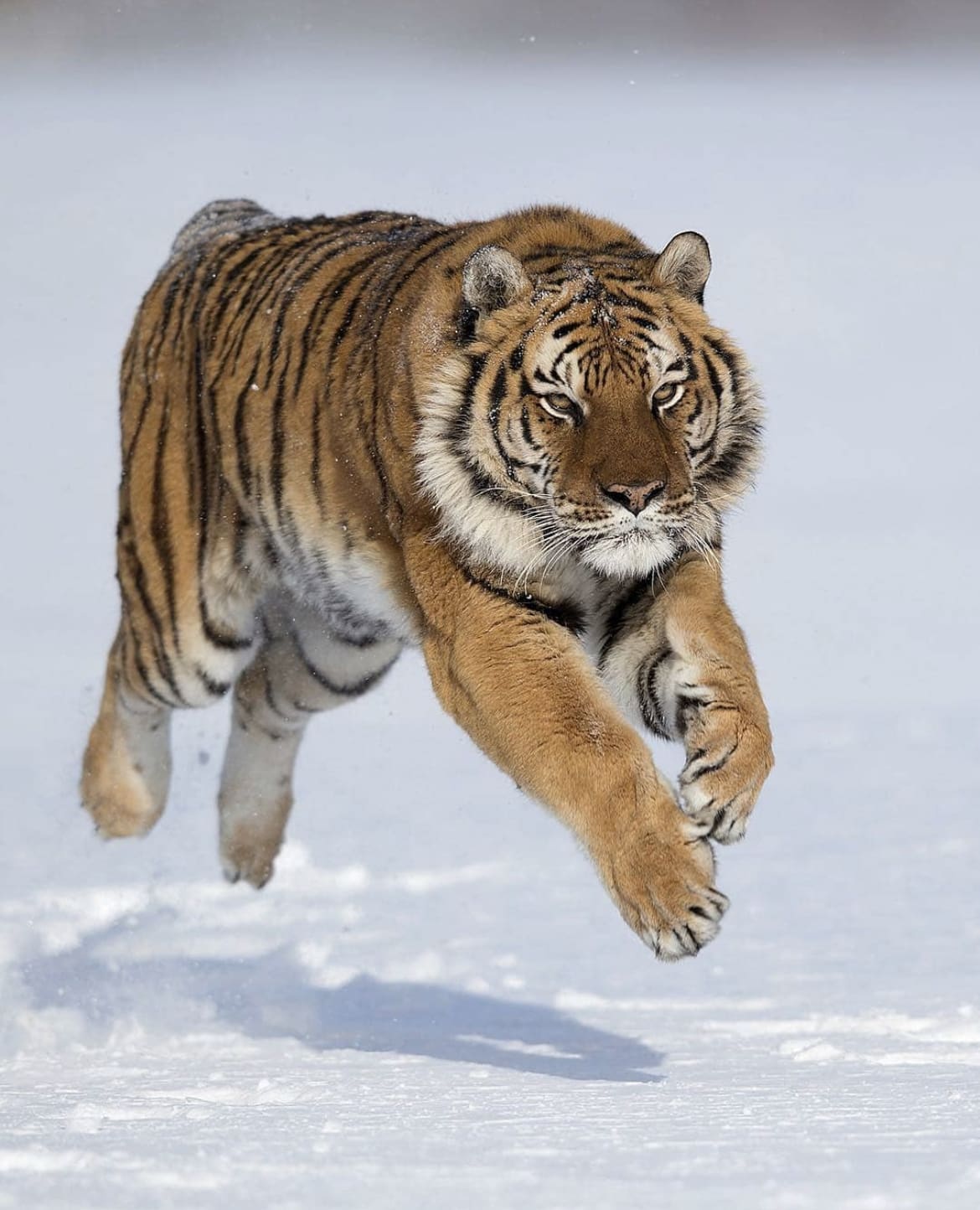
Behaviour
The Siberian Tiger is a solitary and shy animal, preferring to hunt alone. It prefers to stay within its territory, often marking it with urine or claw marks on trees. The tiger has powerful night-time vision, which helps it hunt successfully during night’s darkness.
The Siberian tiger is a powerful and majestic species that has adapted to survive in its harsh environment. It has developed several features to help it thrive in its cold, snowy climate. It has fur-lined feet that allow it to move quickly over icy ground, long whiskers that detect prey under the snow, and thick fur that helps it stay warm in freezing temperatures.
What Does the Siberian Tiger Eat?
The Siberian Tiger is an apex predator and mainly feeds on large mammals such as deer, wild boar, and even bears. It also takes advantage of smaller prey, such as rabbits, fish, and birds, when it can find them. The tiger uses a combination of stealthy stalking and powerful sprints to catch its prey. It will usually drag the carcass away from the kill site to feed on it in privacy. A Siberian Tiger’s diet mainly depends on what animals are available in its range, so if food sources become scarce, they will travel great distances to find their next meal.
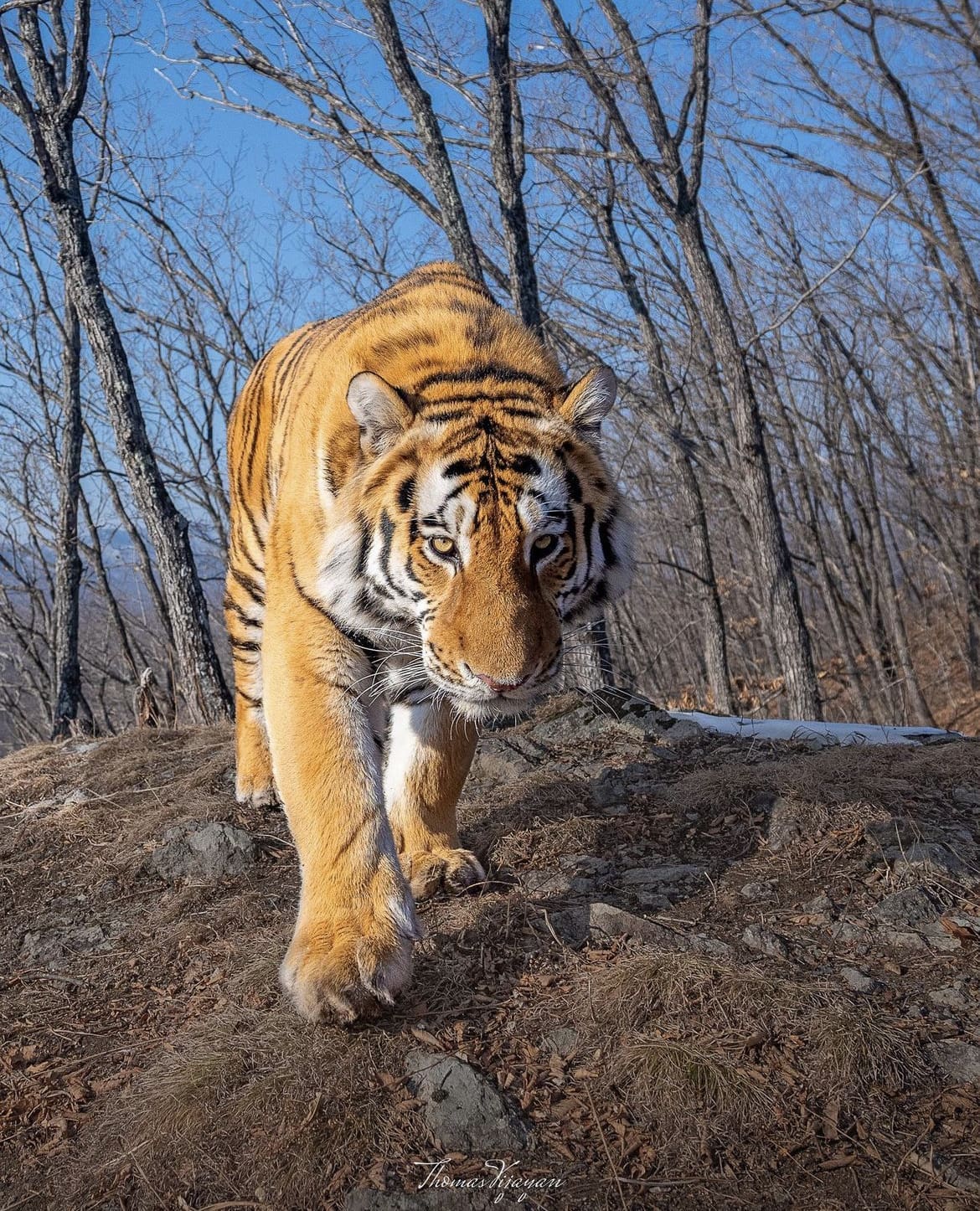
How Does the Siberian Tiger Hunt?
The Siberian Tiger is an expert hunter who uses various techniques to capture prey. In most cases, it will sneak up on the animal quietly until it gets close enough to attack. Once within striking distance, the tiger will use its powerful front legs to grab the animal and bite down hard on its neck or back until it dies from shock or suffocation.
The tiger will also use its powerful jaws to crush the skulls of larger prey such as bears and wild boars. When hunting in deep snow, Siberian Tigers often wait near trails and ambush their game as they walk by. The Siberian Tiger has become one of nature’s greatest predators using these hunting strategies.
Siberian Tiger Social Structure
The Siberian Tiger is a solitary creature and lives alone. They will only come together in pairs to breed, but they remain separate for the rest of the year. It rarely interacts with other tigers, except for its offspring or during fights over territories.
The tiger marks its territory using scent markings from urine and scratches on trees, which help defend its area from other predators. However, the Siberian Tiger is not a territorial animal and will usually avoid confrontation if possible.

How Does the Siberian Tiger Reproduce?
The Siberian Tiger typically mates in the summer months, with the female tiger giving birth to two to five cubs after three and a half months of gestation. The mother will care for them alone until they are old enough to hunt independently. The cubs remain with her until they are between 18-24 months old, when they will leave to establish their territories. The cubs reach sexual maturity at around three years old and can live up to 15-20 years in the wild.
Range and Habitat
Where do Siberian Tigers Live?
The Siberian Tiger is found in the Russian Far East, inhabiting many habitats, from mountain forests to open steppe. It mainly lives in the southern part of Primorsky Krai and further east into Khabarovsk Krai.
The tigers prefer temperate forests with plenty of covers, such as cedar and fir. They also sometimes inhabit the taiga, marshy areas, and even dry steppes. Their range is mostly restricted to this small region in Russia. They are considered one of the rarest cats in the world.

Conservation
Are Siberian Tigers Endangered?
The Siberian Tiger has been classified as endangered by the IUCN and is considered a critically endangered species.
How many Siberian Tigers are there in the wild?
Its population is estimated to be around 500-700 individuals, with most living in protected reserves. The species’ main threats are poaching, habitat destruction and human encroachment on their territory.
To save this majestic animal, conservation efforts focus on protecting its habitat and increasing public awareness of the species. Organizations like the World Wildlife Fund and the International Tiger Coalition work together to ensure that future generations can witness this incredible animal in its natural habitat.
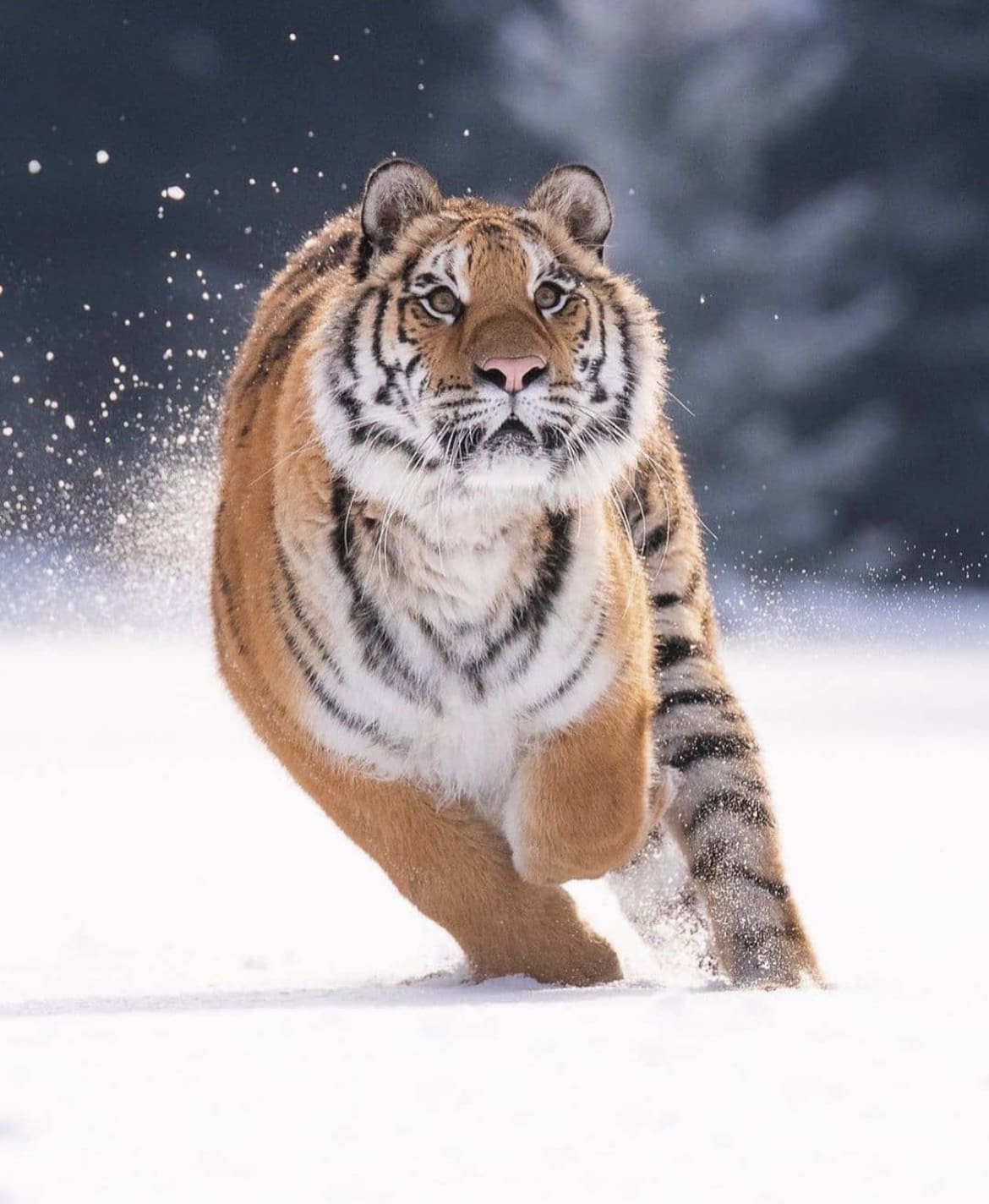
Threats to the Siberian Tiger
Human activities, such as hunting and deforestation, have significantly impacted the Siberian Tiger. The tigers are often poached for their fur and organs, which has decreased their population. Deforestation of the tiger’s natural habitat has also reduced the areas where they can find food and shelter. In addition, climate change is impacting the species, causing weather patterns to become more unpredictable and making it harder for the tigers to find food.
As human development continues to infringe upon their habitat, these threats are becoming increasingly challenging to manage, which is why conservation efforts are so important. Conservation actions such as protecting reserves, creating anti-poaching units, and increasing public awareness are essential to the survival of this species.
By taking a proactive approach to conservation, we can help ensure that future generations can admire the Siberian Tiger in its natural habitat for many years.
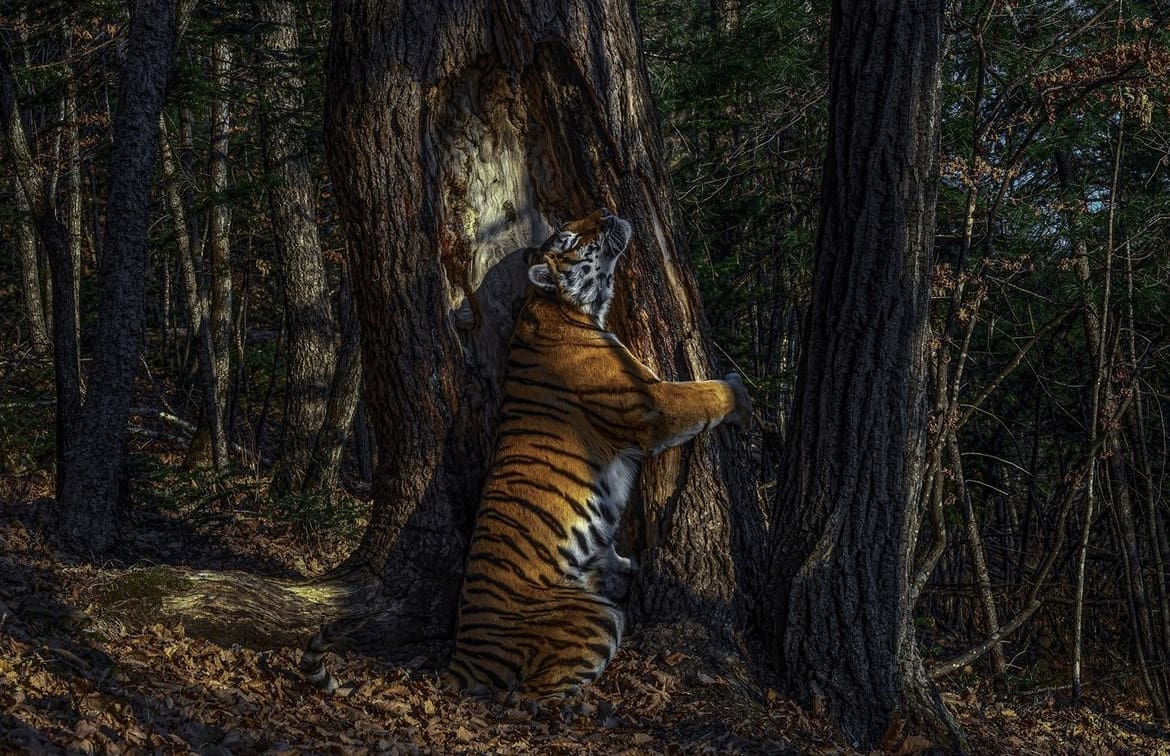
Safari
Where is the best place to see the Siberian Tiger in the wild?
The best safari to spot a Siberian Tiger is in Primorsky Krai, Russia. This region is home to the largest remaining population of tigers and is the only place you can find them in the wild. Safaris here offer a unique experience as they are conducted by local experts who know how to track and locate tigers.
If you’re looking for an incredible experience, a safari in Primorsky Krai is perfect! You can also visit some of the region’s wildlife preserves and national parks dedicated to protecting the Siberian Tiger. These reserves offer guided tours allowing you to witness these majestic animals up close and in their natural habitat.
With the help of local experts, you can glimpse these incredible animals and be inspired to contribute to conservation efforts for the Siberian Tiger.
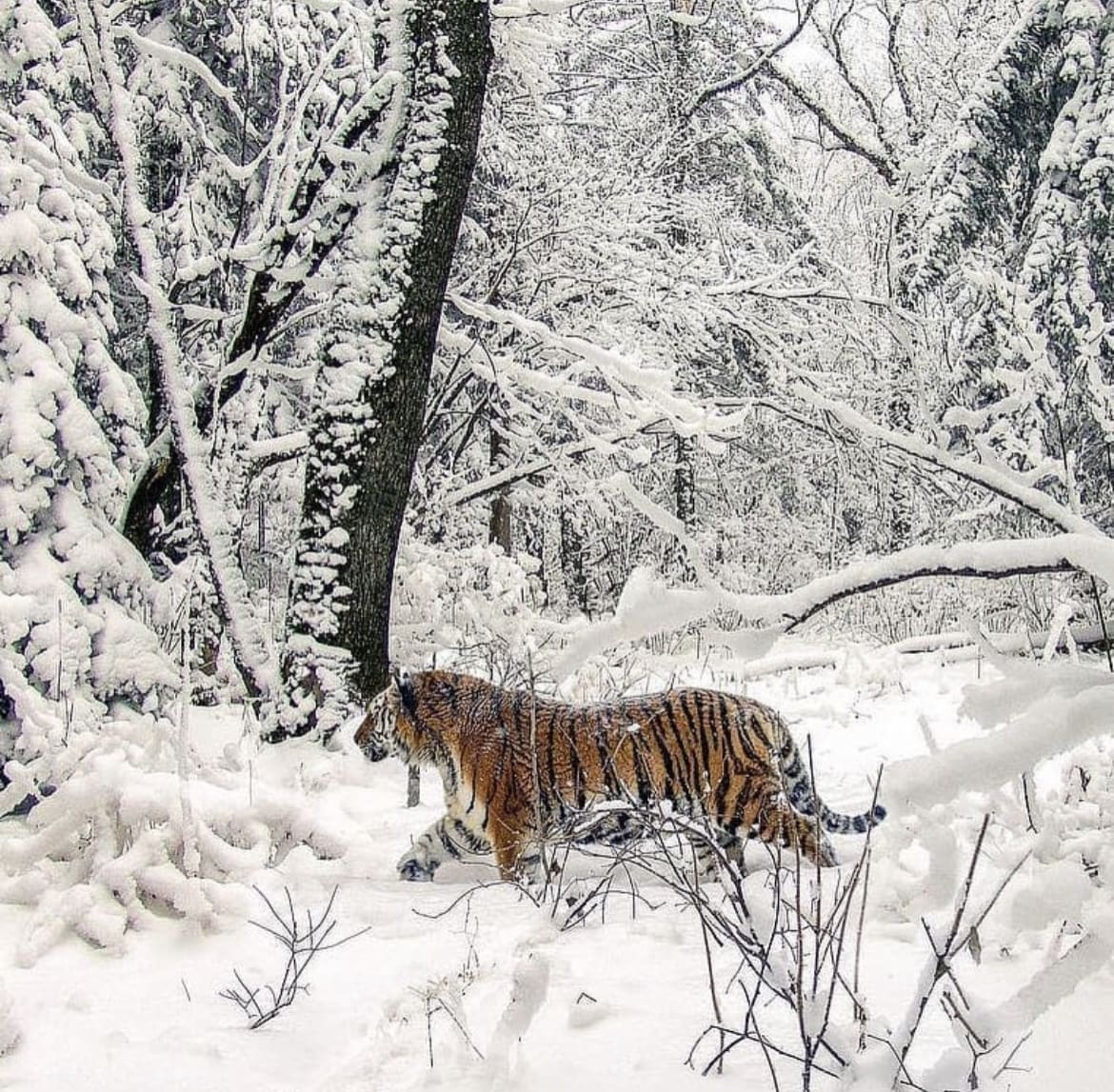
Tips for spotting the Siberian tiger while on safari
If you are planning a safari in Primorsky Krai, there are some helpful tips to keep in mind that will increase your chances of spotting a Siberian Tiger.
- Look for signs of recent activity: Tigers are elusive animals and can be challenging to spot. However, looking out for signs such as footprints, scat, and other clues of recent activity will help you narrow your search.
- Look for resting places: Look for areas sheltered from the wind with plenty of covers so the tigers can relax during the day.
- Be patient: Tigers are nocturnal animals, so you may need to wait several hours before you spot one.
- Be quiet: Tigers have excellent hearing and can detect the slightest noise, so it’s essential to be as soft as possible while on safari.
- Use binoculars: Binoculars can help you spot tigers at a distance and identify their sex and approximate age.
Tips for Interacting with a Siberian tiger
If you spot a Siberian Tiger while on safari, it is essential to remember that these animals are wild and should be treated with respect. Here are some tips for interacting with them safely:
- Do not approach the tigers: Maintaining at least 50 meters of distance between you and the tiger is essential.
- Do not make sudden movements: Sudden movements may startle a tiger and could cause them to become aggressive.
- Remain calm: Tigers are known to be curious, so staying calm and avoiding eye contact with them is essential.
- Avoid flash photography: Flashes can startle a tiger, so using natural lighting for pictures is best.
- Don’t leave food behind: Leaving food around tigers could have serious consequences, as they may become habituated to humans and no longer fear them.
Facts about the Siberian Tiger
- The scientific name is Panthera tigris altaica
- Habitat – The Siberian Tiger lives in the Russian Far East, northeastern China, and a very small area of North Korea.
- Life Expectancy – Siberian Tigers typically live in the wild for 10-15 years. And can live up to 20 years in captivity.
- Weight – Siberian Tigers can weigh up to 400-600 pounds.
- Length – Siberian Tigers can be up to 8-9 feet in length, including their tail
- Speed – Siberian Tigers can run up to 45 mph!
- Social Behavior – Siberian Tigers are solitary creatures and prefer to hunt alone.

Myths about the Siberian Tiger
- The Siberian tiger’s stripes are tattoos made by shamans to make it able to see in the dark. This is false; Siberian tigers have natural stripes!
- The Siberian Tiger can roar like a lion and purr like a cat. This, too, is false; Siberian tigers can only growl.
- The Siberian Tiger is a different species from other tigers. This is also not true; it is just a subspecies of tiger.
- The Siberian Tiger is a mythological creature. The Siberian Tiger is a biological species that has existed for thousands of years and can be found in the wild.
- The Siberian Tigers are dangerous and should be avoided. However, feeling intimidated when face-to-face with a Siberian Tiger is understandable. They are generally not aggressive towards humans unless provoked.
Bengal Tiger vs Siberian Tiger
The two main species of tigers are the Bengal Tiger and the Siberian Tiger. Both species have similar sizes and physical features. However, there are a few differences between them.
The Bengal Tiger is found in India, Bangladesh, Nepal, Bhutan and Myanmar, while the Siberian Tiger lives in Russia’s Far East. Also, the colour of their fur varies, with the Bengal Tiger having a bright orange coat and the Siberian Tiger having a darker coat of fur. Regarding behaviour, the Bengal Tiger is more social than the Siberian solitary Tiger.
Finally, the diet of these two species also differs as Bengal Tigers prefer to dine on smaller prey such as deer and wild pigs, while Siberian Tigers hunt larger animals such as elk and boars.
Conclusion
The Siberian Tiger is a beautiful and majestic animal native to the Russian Far East, northeastern China, and North Korea. With its incredible strength and speed, it’s no wonder why this species has become known as one of the world’s most potent cats.
If you plan to travel to Primorsky Krai for a safari, it is essential to remember the tips for spotting and interacting with these animals safely and respectfully. Additionally, understanding some facts and myths about Siberian Tigers can help you appreciate their beauty even more. So next time you plan a safari, keep an eye out for this magnificent creature!
